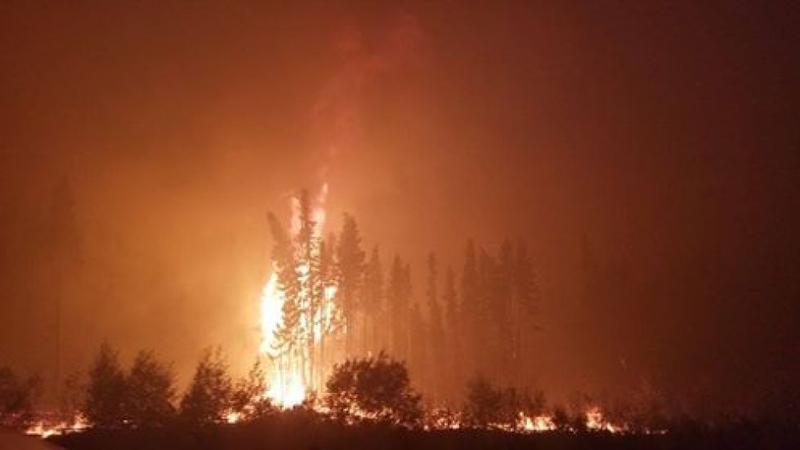
Northern wildfire evacuations need to improve: report
The authors of a new report are calling for a “made in the North approach” to wildfire evacuations.
Looking at the experiences of Pelican Narrows residents who were evacuated during 2017 fires, the University of Saskatchewan report found provincial evacuation protocols led to the separation of families and hindered the community’s ability to make decisions in its best interests.
Families separated


